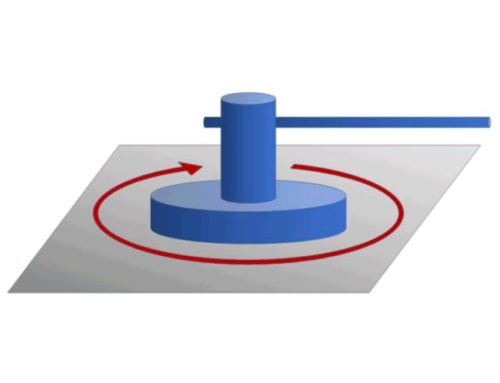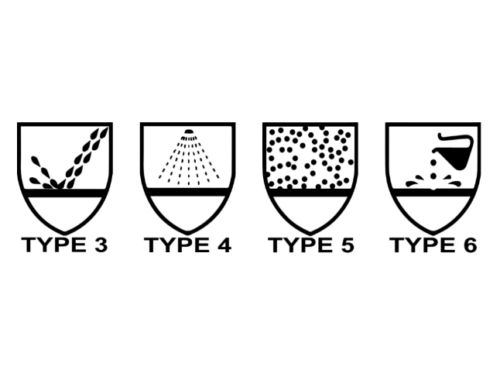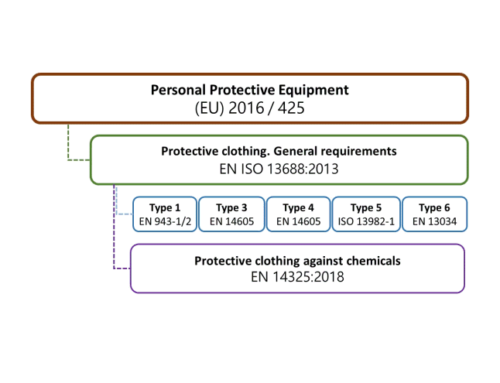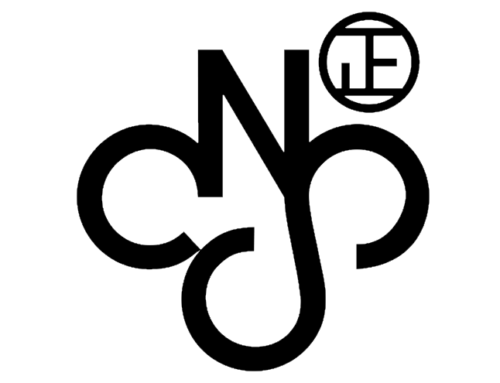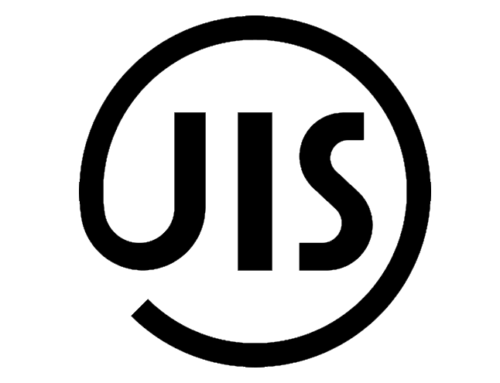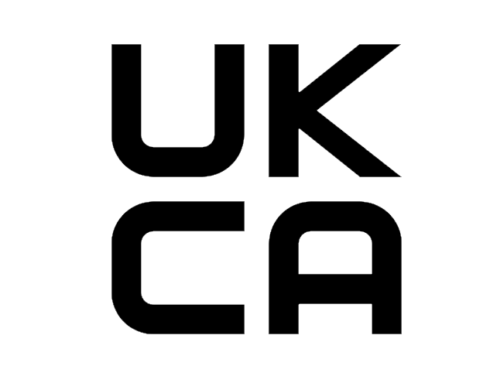US Regulation – Level ABCD
Personal protective equipment (PPE, Personal Protective Equipment) standards in the United States are primarily dominated by two federal agencies, namely the Occupational Safety and Health Administration (OSHA) under the Department of Labor and the National Institute for Occupational Safety and Health (NIOSH) under the Centers for Disease Control and Prevention (CDC). Unlike the EU system, the US PPE classification is subdivided from head to toe based on the item’s function. It is primarily based on personnel use situations as a starting point, and it provides relevant information and application of PPE based on environmental needs, rather than selection criteria corresponding to protective equipment. The most common misconception in Taiwan is that protective clothing for A and B protection is incorrect. There is no such classification of protective clothing, and they are all referred to as such by the market. In fact, the United States does not set standards for the protective capability of the equipment, but divides it into four levels of ABCD according to different situations of environmental hazards, and then proposes a combination of protective equipment for different levels.
You may refer to the link for more detail info: https://www.osha.gov/laws-regs/regulations/standardnumber/1910/1910.120AppB
Level A
Types of Hazard
- The hazardous substance has been identified and requires the highest level of protection for skin, eyes, and the respiratory system based on either the measured (or potential for) high concentration of atmospheric vapors, gases, or particulates; or the site operations and work functions involve a high potential for splash, immersion, or exposure to unexpected vapors, gases, or particulates of materials that are harmful to skin or capable of being absorbed through the skin.
- Substances with a high degree of hazard to the skin are known or suspected to be present, and skin contact is possible.
- Operations are being conducted in confined, poorly ventilated areas, and the absence of conditions requiring Level A have not yet been determined.
Constitute Equipment
- Positive pressure, full face-piece self-contained breathing apparatus (SCBA), or positive pressure supplied air respirator with escape SCBA (NIOSH approved).
- Totally-encapsulating chemical-protective suit.
- Coveralls. [Optional]
- Long underwear. [Optional]
- Gloves, outer, chemical-resistant.
- Gloves, inner, chemical-resistant.
- Boots, chemical-resistant, steel toe and shank.
- Hard hat (under suit). [Optional]
- Disposable protective suit, gloves and boots (depending on suit construction, may be worn over totally-encapsulating suit).
Level B
Types of Hazard
- The type and atmospheric concentration of substances have been identified and require a high level of respiratory protection, but less skin protection.
- The atmosphere contains less than 19.5 percent oxygen.
- The presence of incompletely identified vapors or gases is indicated by a direct-reading organic vapor detection instrument, but vapors and gases are not suspected of containing high levels of chemicals harmful to skin or capable of being absorbed through the skin.
Constitute Equipment
- Positive pressure, full-facepiece self-contained breathing apparatus (SCBA), or positive pressure supplied air respirator with escape SCBA (NIOSH approved).
- Hooded chemical-resistant clothing (overalls and long-sleeved jacket; coveralls; one or two-piece chemical-splash suit; disposable chemical-resistant overalls).
- Coveralls. [Optional]
- Gloves, outer, chemical-resistant.
- Gloves, inner, chemical-resistant.
- Boots, outer, chemical-resistant steel toe and shank.
- Boot-covers, outer, chemical-resistant (disposable). [Optional]
- Hard hat. [Optional]
- Face shield. [Optional]
Level C
Types of Hazard
- The atmospheric contaminants, liquid splashes, or other direct contact will not adversely affect or be absorbed through any exposed skin.
- The types of air contaminants have been identified, concentrations measured, and an air-purifying respirator is available that can remove the contaminants.
- All criteria for the use of air-purifying respirators are met.
Constitute Equipment
- Full-face or half-mask, air purifying respirators (NIOSH approved).
- Hooded chemical-resistant clothing (overalls; two-piece chemical-splash suit; disposable chemical-resistant overalls).
- Coveralls. [Optional]
- Gloves, outer, chemical-resistant.
- Gloves, inner, chemical-resistant.
- Boots (outer), chemical-resistant steel toe and shank. [Optional]
- Boot-covers, outer, chemical-resistant (disposable). [Optional]
- Hard hat. [Optional]
- Escape mask. [Optional]
- Face shield. [Optional]
Level D
Types of Hazard
- The atmosphere contains no known hazard.
- Work functions preclude splashes, immersion, or the potential for unexpected inhalation of or contact with hazardous levels of any chemicals.
Constitute Equipment
- Coveralls.
- Gloves. [Optional]
- Boots/shoes, chemical-resistant steel toe and shank.
- Boots, outer, chemical-resistant (disposable). [Optional]
- Safety glasses or chemical splash goggles. [Optional]
- Hard hat. [Optional]
- Escape mask. [Optional]
- Face shield. [Optional]

